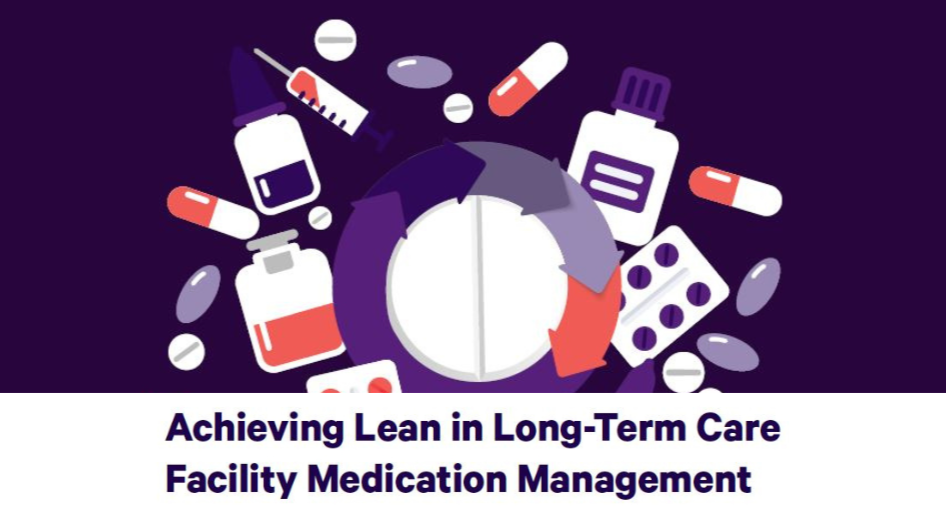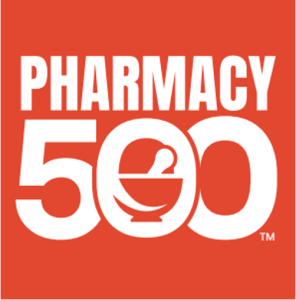This white paper examines ways in which lean principles can benefit LTC facilities and pharmacies, more specifically as they relate to the critical role of medication management as part of an overall program for LTC facilities to compete and thrive in a new era.
Executive Summary
Long-term care (LTC) is a segment of senior care that is undergoing many unique challenges. Declining occupancy rates, changing reimbursement models and an insufficient number of nurses to meet growing demand sit at the center of these challenges. According to the Bureau of Labor Statistics, by 2022 there will be over one million unfilled nursing positions. Nurses face their own pressures due to tighter discharge networks based on quality scores, budget constraints, increased governmental oversight and higher acuity residents requiring immediate access to medications.
While other segments within the continuum of care have been quicker to embrace systematic improvements to modernize their operational environments, technology adoption has been slow with long-term care providers as they work to manage numerous staffing and reimbursement challenges. Sweeping changes made by the Centers for Medicare & Medicaid Services (CMS) to reimbursement models have created a complex layer of challenges as value-based care models replace traditional volume-based models with a strong focus on outcomes. LTC facilities must also deal with increased performance pressure through the CMS scale star rating system. Finally, LTC facilities must position themselves to attract investors as well as acute care referral partnerships. To do so will require systematic improvements as well as conducting a long overdue automation of tedious manual, time intensive processes.
One set of processes that negatively impacts efficiency and puts added stress on LTC nursing staff is that of medication management and “passing”, the process of organizing, sorting and administering medications to ensure that each resident is given the correct medication in a timely manner. It is a highly specialized process that must be conducted by a licensed nurse or a certified nurse’s assistant (CNA). Medications passing requires a great degree of tedious, time consuming piecework and is, therefore, highly stressful and prone to human error which, in turn, leads to waste. Each year billions of dollars can be attributed to medications waste.2 Furthermore, errors made by nurses and CNAs in medications preparation and dispensation can lead to receiving a deficiency citation after a CMS survey is conducted. Errors also expose LTC facilities to the risk of injury, death, and, subsequently, potential lawsuits.
Fortunately, technologies, such as in-facility packaging and dispensing systems, have emerged to automate the process of medication management. Traditionally, however, LTC facilities have been slow to adopt these new technologies, often due to established management styles that may limit innovation. The result has been a continuing lack of efficiency, medications waste and a revolving door of nurses, CNAs and other key team members.
Recognizing automation as key to meeting the challenges that lie ahead, however, many forward-thinking LTC facilities are increasingly turning to “lean” management principles. Lean focuses on eliminating waste and increasing efficiencies so that all work performed is adding value and serving the needs of the customers. It carves out a set of processes that, collectively, are geared to arm an organization with a means to establish and sustain optimum operational efficiencies and put more concentration on quality measures and growth. Lean also paves the way for technologies, such as in-facility medication dispensing systems, that are increasingly being adopted by LTC pharmacies and associated LTC facilities as a new model for optimizing efficiencies to minimize waste and enable nurses to put a greater focus on residents and improving outcomes.








